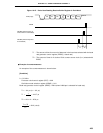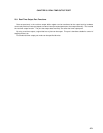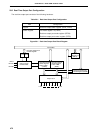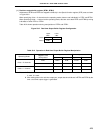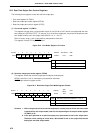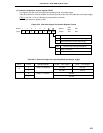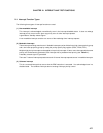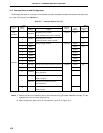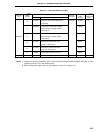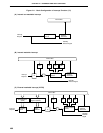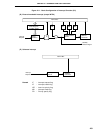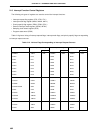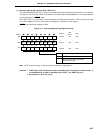477
CHAPTER 21 INTERRUPT AND TEST FUNCTIONS
21.1 Interrupt Function Types
The following three types of interrupt functions are used.
(1) Non-maskable interrupt
This interrupt is acknowledged unconditionally even in the interrupt disabled status. It does not undergo
interrupt priority control and is given top priority over all other interrupt requests.
It generates a standby release signal.
A non-maskable interrupt contains one source of the watchdog timer interrupt request.
(2) Maskable interrupts
These interrupts undergo mask control. Maskable interrupts can be divided into a high interrupt priority group
and a low interrupt priority group by setting the priority specify flag register (PR0L, PR0H, PR1L).
Multiple high priority interrupts can be applied to low priority interrupts. If two or more interrupts with the same
priority are simultaneously generated, each interrupts has a predetermined priority (see Table 21-1).
A standby release signal is generated.
There are 7 external interrupt request source and 13 internal interrupt request source in maskable interrupts.
(3) Software interrupt
This is a vectored interrupt that occurs when the BRK instruction is executed. It is acknowledged even in a
disabled state. The software interrupt does not undergo interrupt priority control.



